What Are The Differences between R thread and D Thread Anchor Bars
Time:2025-04-24From:sinorock View:
Introduction
Anchor bars play a crucial role in construction and geotechnical engineering, particularly in supporting unstable rock formations, retaining walls, and other structures. Choosing the right type of anchor bar is essential for ensuring stability, safety, and longevity in construction projects. Among the various types of threads used in anchor bars, R thread and D thread are the most common in the industry. Understanding the differences between these two types is essential for selecting the most suitable one for a given project.
In this article, we’ll provide an in-depth comparison of R thread and D thread anchor bars, covering their technical specifications, structural advantages, and practical applications. We will also highlight the significance of these differences in real-world applications to guide industry professionals in making informed decisions.
1. Overview of R Thread and D Thread Anchor Bars
Both R thread and D thread anchor bars are used widely in self-drilling anchor systems, but they differ in thread design, manufacturing standards, and performance characteristics.
D Thread Anchor Bars
D thread anchor bars are characterized by their larger outer diameter, shallower tooth depth, and non-standardized tooth shape. These anchor bars are often used in projects where self-drilling is not required, as they may lack the strength and durability needed for high-impact drilling operations. D thread anchor bars are more suitable for applications where the anchor is installed after the drilling process, as their thread design is not as robust under heavy load.

R Thread Anchor Bars
R thread anchor bars, on the other hand, are typically used in self-drilling anchor systems due to their standardized thread design, higher strength, and intercompatibility with accessories. R thread anchor bars are designed to withstand the impact, torque, and wear that occur during self-drilling, making them ideal for challenging environments and unstable rock formations.
2. Key Differences Between R Thread and D Thread Anchor Bars
Here’s a closer look at the technical specifications that set R thread and D thread anchor bars apart:
|
Type |
D Thread Anchor Bars |
R Thread Anchor Bars |
|
Outer Diameter |
Generally larger than the nominal value |
Generally smaller than the nominal value |
|
Tooth Depth |
Standard requires between 1.5–2mm, but the actual is usually less than 1.3mm |
Generally between 1.5–1.7mm, offering better grip and durability |
|
Tooth Shape |
No exact standard, with variations among manufacturers |
Standardized according to drilling tool specifications, offering consistent shape and performance |
|
Pitch |
Varies between 8–13mm, with most at 12.7mm |
Consistently 12.7mm, providing uniform engagement and load distribution |
|
Chamfer |
Typically without chamfer, which can affect the ease of installation |
Includes chamfer, enhancing alignment and installation |
|
Interfit |
Compatibility issues between batches and manufacturers, causing risks of poor fit |
Compatible across batches and manufacturers, allowing interchangeable parts |

Outer Diameter
One of the most noticeable differences between R and D thread anchor bars is the outer diameter.
- D Thread: The outer diameter of D thread bars is often slightly larger than the nominal value. This larger diameter can lead to challenges when matching accessories, especially if they are sourced from different manufacturers.
- R Thread: R thread bars, in contrast, usually have a smaller outer diameter than the nominal value. This controlled diameter is preferred in self-drilling applications where consistency is critical.
The smaller and more precise diameter of R thread bars enhances their performance in self-drilling applications by ensuring a snug fit with compatible accessories.
Tooth Depth
Tooth depth plays a critical role in the load-bearing capacity of an anchor bar, as it influences the bar’s grip and ability to withstand stress.
- D Thread: The standard requires a tooth depth of 1.5–2mm, but D thread anchor bars usually have a shallower tooth depth, generally less than 1.3mm. This shallower depth can reduce the bar’s grip strength and durability, making it more susceptible to wear.
- R Thread: R thread anchor bars have a more consistent tooth depth, typically between 1.5–1.7mm. This depth provides improved strength and load distribution, making R thread bars more suitable for demanding applications.
The greater depth of R thread teeth enhances their resistance to deformation and wear, which is crucial for self-drilling systems that experience continuous impact and torque.
Tooth Shape
Tooth shape affects how well the bar interacts with the rock or soil and how effectively it can transfer loads.
- D Thread: D thread anchor bars lack a fixed standard for tooth shape, resulting in variations among different manufacturers. This inconsistency can lead to unpredictable performance and compatibility issues with accessories.
- R Thread: R thread anchor bars conform to industry standards for drilling tools, ensuring a consistent shape. This standardized tooth shape enhances compatibility with drilling equipment and ensures reliable performance.
R thread anchor bars, with their standardized tooth shape, offer more predictable and reliable performance, especially in applications requiring self-drilling.
Pitch
Pitch refers to the distance between threads, impacting the bar’s grip and load distribution.
- D Thread: The pitch of D thread anchor bars varies widely, ranging from 8–13mm, though most are around 12.7mm. This variability can lead to inconsistencies in load transfer and bar alignment.
- R Thread: R thread anchor bars maintain a consistent pitch of 12.7mm. This uniformity helps in achieving an even load distribution, which is essential for stability in self-drilling applications.
The consistent pitch of R thread anchor bars contributes to their superior load-bearing capacity and alignment in complex installations.
Chamfer
The chamfer at the end of an anchor bar can influence ease of installation and alignment.
- D Thread: D thread anchor bars are typically not chamfered. This lack of chamfer can make alignment more challenging and increase the risk of thread damage during installation.
- R Thread: R thread anchor bars include a chamfer, which simplifies alignment and reduces wear on the threads. This feature is particularly useful in self-drilling systems where smooth installation is essential.
Chamfered R thread anchor bars offer easier handling and improved durability during installation, especially in confined or awkward spaces.
Interfit
Interfit describes the compatibility of anchor bars and accessories from different manufacturers or batches.
- D Thread: Due to variations in thread design and manufacturing standards, D thread anchor bars and accessories often face compatibility issues. Accessories from one manufacturer may not fit perfectly with anchor bars from another, leading to risks of poor cooperation and reduced performance.
- R Thread: R thread anchor bars are designed to meet standard specifications, allowing compatibility across batches and even between manufacturers. This intercompatibility makes them more versatile and easier to work with in multi-source projects.
The compatibility of R thread anchor bars with accessories from different sources provides greater flexibility and ensures seamless construction workflows.
3. Applications and Performance Considerations
Both R and D thread anchor bars have their specific applications and are chosen based on their performance characteristics:
- D Thread Anchor Bars: Often used in simpler projects where self-drilling is not required. These bars are more suitable for applications where the bar is placed after the drilling is complete. They work well in stable rock formations or soil where impact and torque loads are minimal.
- R Thread Anchor Bars: Preferred in self-drilling applications, especially in projects with unstable ground conditions. R thread bars are ideal for use in tunneling, mining, and foundation reinforcement where continuous impact and high torque are involved.
Conclusion
In summary, R thread and D thread anchor bars serve distinct roles in the construction and geotechnical engineering sectors. While D thread anchor bars are suitable for less demanding applications, R thread anchor bars offer superior performance, consistency, and compatibility in self-drilling scenarios. The precise design standards of R thread bars make them an industry favorite in complex projects requiring reliable load transfer and stability.
When selecting between R thread and D thread anchor bars, it’s essential to consider the specific requirements of your project, including load-bearing demands, compatibility with accessories, and ease of installation. For high-stakes projects, R thread anchor bars provide an optimal solution due to their standardized design, durability, and flexibility.
latest news
-
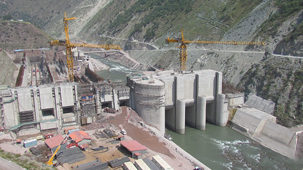
- What Are the Applications of SDA Bolts in Hydropower Stations?
- Time:2025-08-21From:This Site
- Learn how self-drilling anchor bolts enhance slope stability, tunnel support, and dam reinforcement in complex geological conditions at hydropower stations. Optimize hydropower projects with efficient, cost-effective, and eco-friendly solutions.
- View details
-
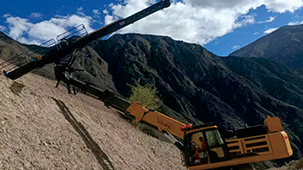
- Slope Stabilization with SDA Bolts: Benefits & Applications
- Time:2025-08-19From:This Site
- Discover how self-drilling anchor bolts (SDA bolts) provide superior slope stabilization for highways, railways, and tunnels. Learn their key benefits, installation process, and real-world applications in loose or collapsible soils.
- View details
-
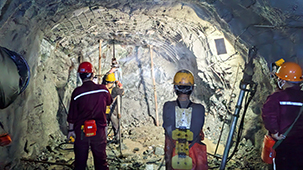
- How Self-Drilling Rock Bolts Enhance Tunnel Support in Fractured Rock?
- Time:2025-08-15From:This Site
- Discover how self-drilling rock bolts enhance tunnel support in fractured rock. Learn their benefits, installation steps, and real-world applications for safe, efficient tunneling.
- View details
-
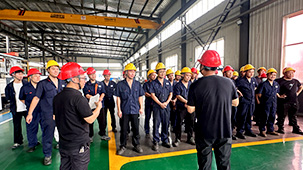
- Sinorock 2025 Quality Month | Strengthening Quality Foundations, Empowering Product Excellence
- Time:2025-08-13From:This Site
- Sinorock’s 2025 Quality Month, themed “Strengthening Quality Foundations, Empowering Product Excellence,” successfully concluded, reinforcing our commitment to superior product quality.
- View details
-
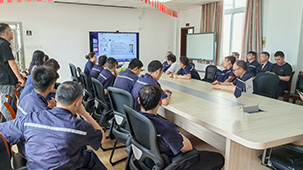
- Sinorock Safety Month 2025 | Everyone Speaks Safety, Everyone Can Respond
- Time:2025-07-03From:This Site
- Sinorock Safety Month 2025, centered on the theme "Everyone Speaks Safety, Everyone Can Respond - Spot Workplace Hazards," has wrapped up successfully!
- View details
-

- Quality Control: the Vital Factor of A SDA Bolt Factory
- Time:2025-01-09From:This Site
- Sinorock’s comprehensive quality control system, from supplier management to outgoing inspections, ensuring the highest standards for self-drilling anchor bolts in construction.
- View details
-
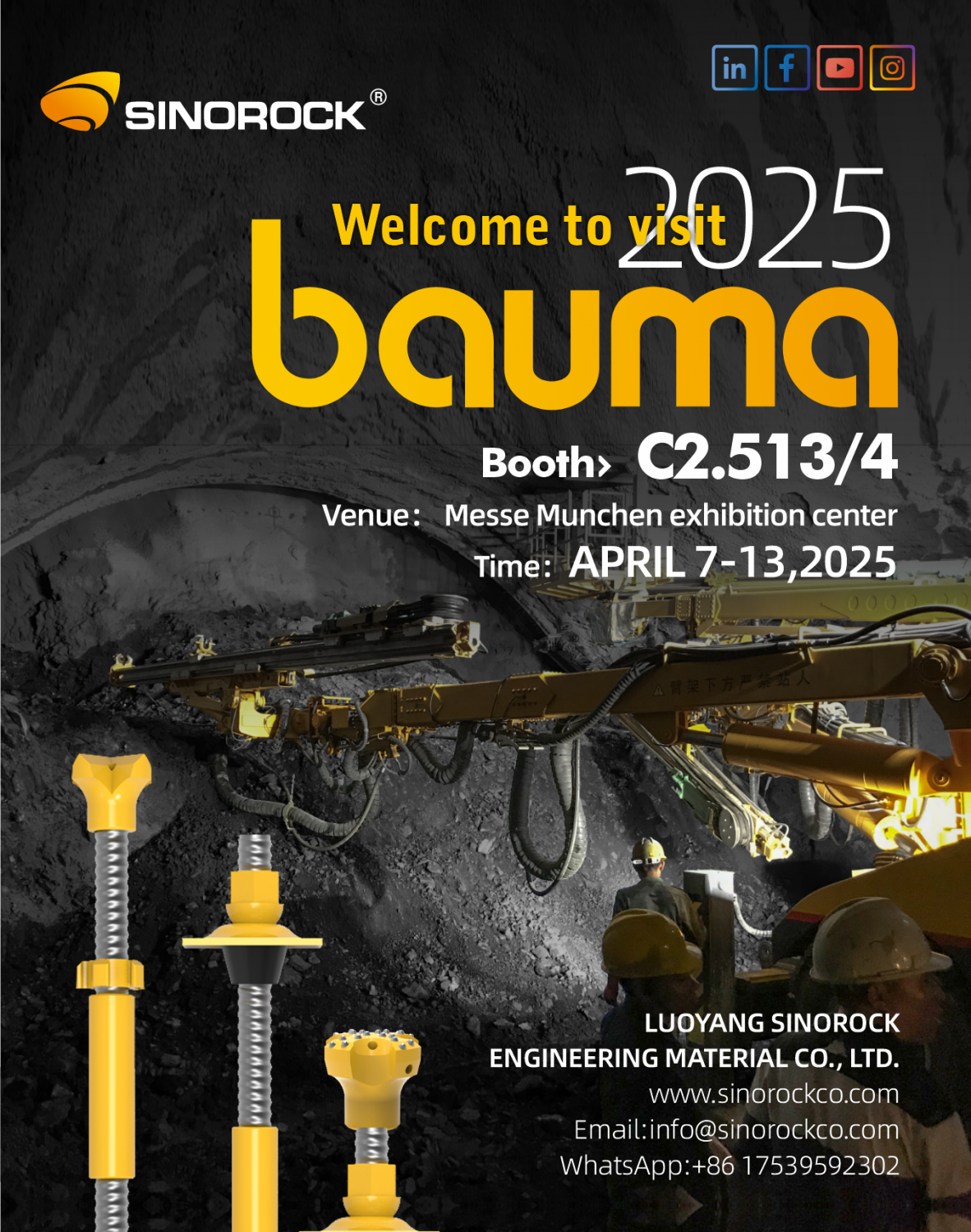
- Sinorock Invites You to Explore Proven Self-Drilling Anchor Bolt Solutions at bauma 2025
- Time:2025-03-07From:This Site
- From April 7–13, 2025, explore Sinorock’s Self-drilling anchor bolt solution at Booth C2.513/4 in Hall C2 of the Messe München Exhibition Center (Munich, Germany).
- View details
-
.jpg)
- SINOROCK to Attend EXPOMINA PERÚ 2024 in Lima, Peru
- Time:2024-08-10From:This Site
- Sinorock to Attend EXPOMINA PERÚ 2024 in Lima, Peru
- View details
-
.jpg)
- SINOROCK to Participate in MINING AND METALS CENTRAL ASIA 2024
- Time:2024-08-08From:This Site
- SINOROCK to Participate in MINING AND METALS CENTRAL ASIA 2024
- View details
 Download
Download 


